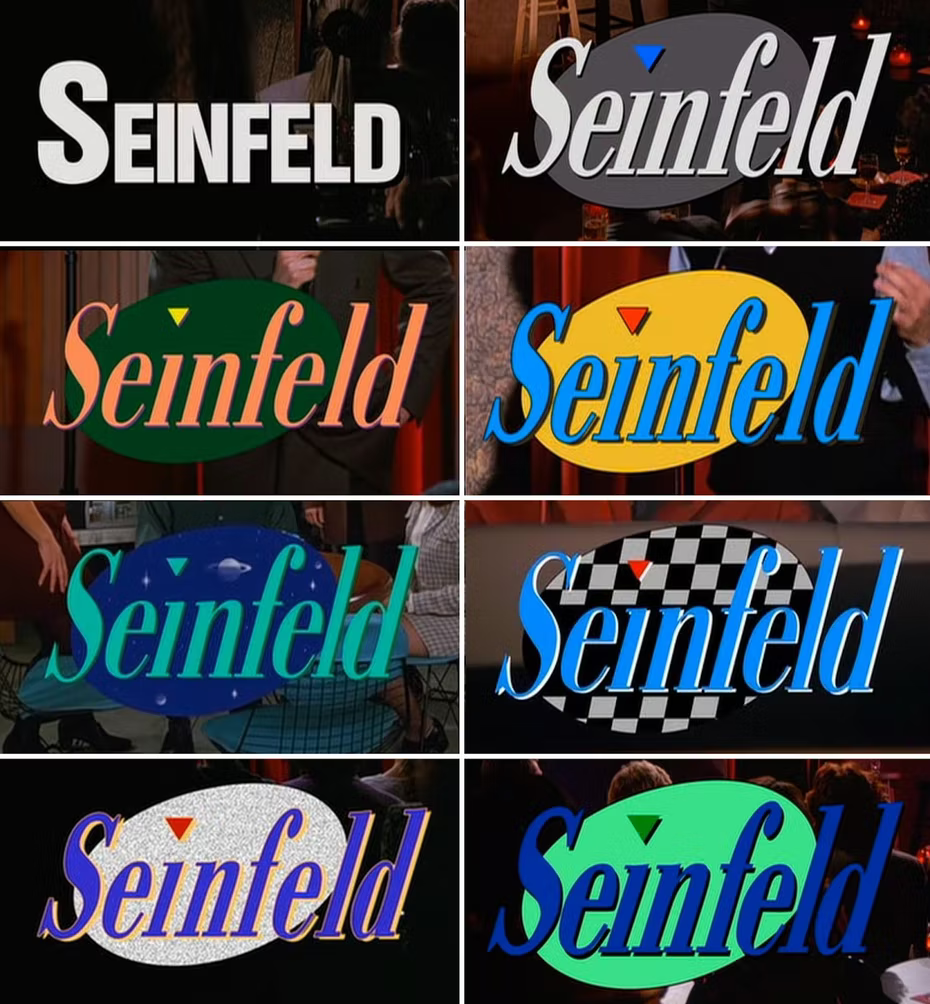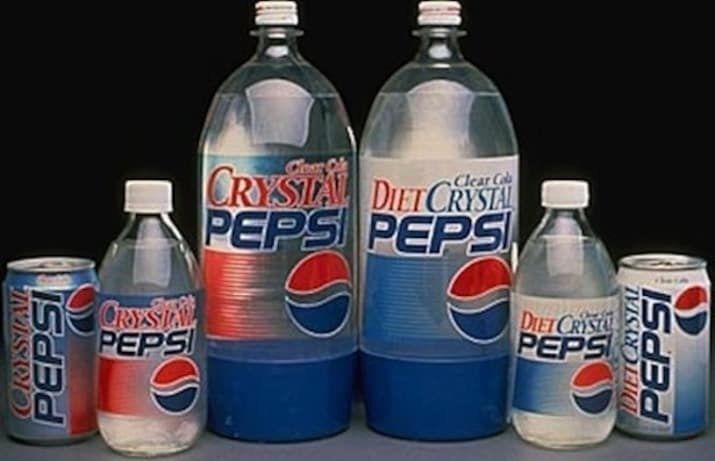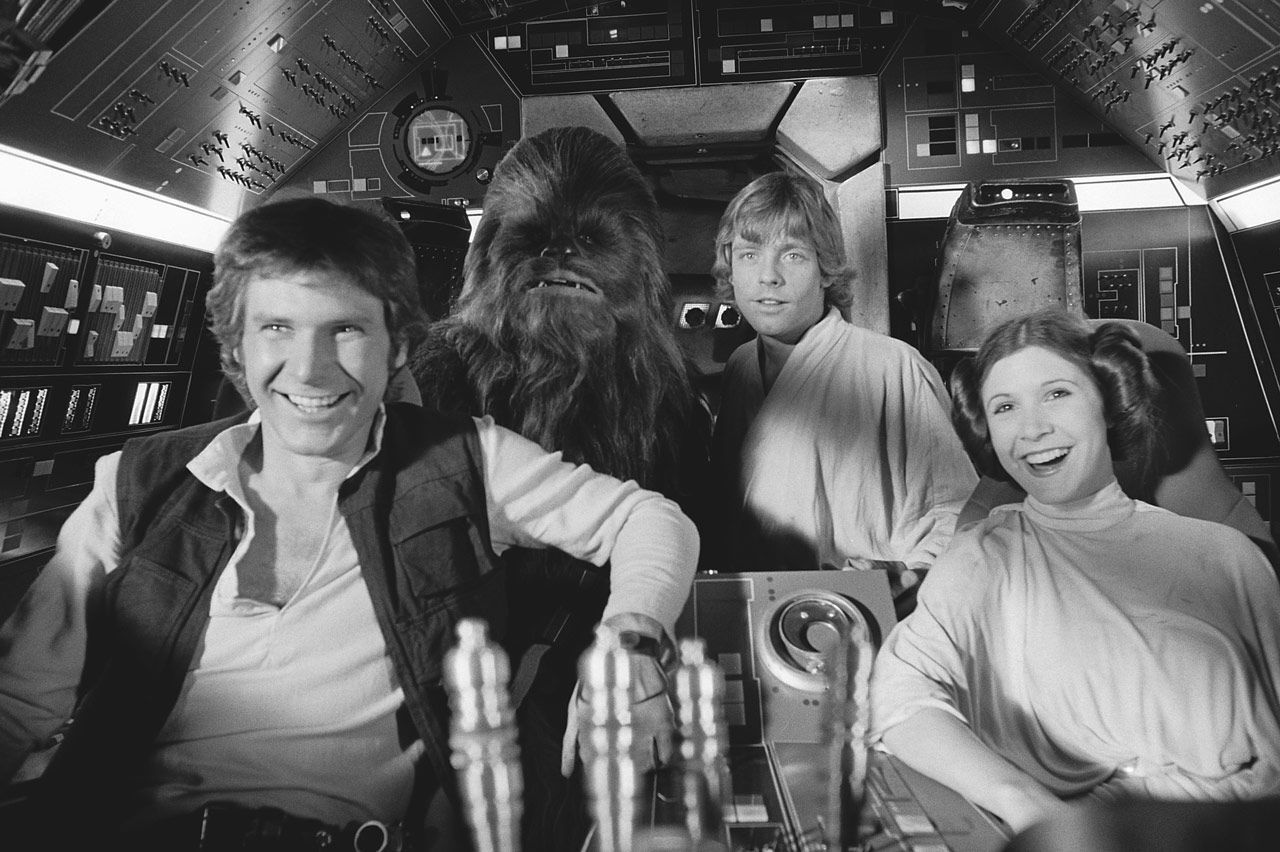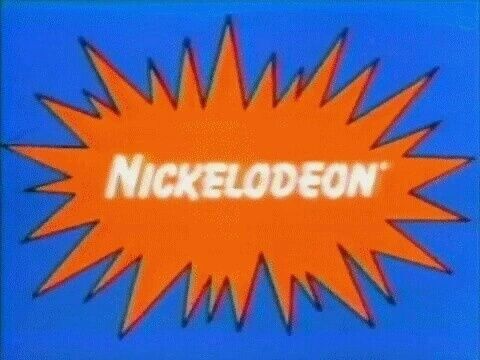the psychology of nostalgia marketing

Amidst the ever-evolving landscape of marketing strategies, one technique has consistently proven its prowess in capturing hearts and minds: nostalgia marketing. This innovative approach does more than just sell products; it transports individuals back in time, eliciting nostalgic recollections and evoking emotions that forge enduring connections with consumers.
Nostalgia marketing, a masterful fusion of psychology and branding, has emerged as the hallmark of successful campaigns, rekindling the past to influence the present. This article aims to explore this captivating strategy, uncovering the cognitive and emotional threads that weave its effectiveness. Prepare to journey through the realms of memory, emotion, and consumer behaviour as we reveal the underlying principles behind this marketing strategy.

𝐭𝐡𝐞 𝐜𝐨𝐠𝐧𝐢𝐭𝐢𝐯𝐞 𝐛𝐚𝐬𝐢𝐬 𝐨𝐟 𝐧𝐨𝐬𝐭𝐚𝐥𝐠𝐢𝐚
The sentiment of nostalgia, characterized by a longing for past experiences, is derived from a multifaceted interaction involving memory, emotion, and cognition. It intricately constructs a tapestry of memories inside the recesses of our cognitive faculties. Each thread of this tapestry is thoughtfully chosen, bearing a distinct essence of positive. To comprehend the cognitive underpinnings of nostalgia, it is necessary to explore the complexities associated with the retrieval of memories and their subsequent emotional impact.
The cognitive appeal of nostalgia primarily lies in the phenomenon of selective memory retrieval. The human mind operates as an elaborate curator, meticulously sorting through a wide collection of personal experiences in order to select moments that are characterized by feelings of comfort, contentment, and emotional significance. It appears to possess an innate ability to recognize the potency of certain memories in eliciting emotional reactions, thus compelling individuals to revisit them time and time again. These memories, drenched in a soft radiance of positivity are frequently linked to desire to relive past experiences. They serve as portals to a world we once inhabited, transporting us to moments suffused with simplicity and familiarity. The act of reminiscing serves a means of seeking comfort as individuals yearn to revive the emotions and sensations that accompanied those cherished times.
The cognitive mechanisms underlying this process illustrate the interconnectedness of memory, emotion, and the human psyche. One intriguing aspect of nostalgia pertains to a psychological phenomena commonly referred to as rosy retrospection. This cognitive bias engenders a tendency to perceive one's past experiences through a rose-tinted lens, painting a portrait of positivity that may not entirely reflect reality. Memories are not always a faithful representation of historical accuracy; instead, they are filtered through the lens of one's emotions and perceptions. As a result, nostalgia often distills the past into a compilation of vibrant, uplifting memories, casting aside the mundane or negative aspects that may have been present.
The selective retrieval of pleasant memories lays the foundation for the emotional impact that nostalgia delivers. Brands that effectively leverage these cognitive mechanisms have the ability to evoke feelings of familiarity and warmth, thus establishing emotional connections that result in increased consumer loyalty and engagement.
𝐭𝐡𝐞 𝐞𝐦𝐨𝐭𝐢𝐨𝐧𝐚𝐥 𝐩𝐮𝐥𝐥
Nostalgia encompasses more than a mere recollection of the past—it entails an emotional expedition that can sweep us off our feet and submerge individuals in a sea of sentimentality. Delving into the emotional pull of nostalgia unveils the significant influence it has on one's psyche, unraveling a complex array of emotions that tie us to old memories.
The emotional impact of nostalgia is rooted in its capacity to elicit powerful sentiments. It possesses a unique ability to stir up a range of emotions, spanning from subtle affection to poignant longing. When individuals come across stimuli that evoke memories of the past—a song, a scent, a photograph—they are mentally transported to instances infused with happiness, solace, and a sense of security. This emotional depth is not merely a transient occurrence, but rather a profound attachment to one's individual past that can provoke strong emotions.
Emotions such as warmth, happiness, and a sense of belonging are intrinsically intertwined within the essence of nostalgia. The sensation of warmth emerges as nostalgia envelops individuals in the embrace of memories that elicit feelings of coziness and familiarity. These memories act as emotional sanctuaries, safeguarding those from the pressures of the present by connecting them to moments of joy from the past.
Businesses then leverage many components, such as retro packaging, recognizable jingles, and cultural references, to elicit nostalgia among consumers. This strategic approach allows businesses to access the reservoir of positive emotions linked to cherished memories. This correlation facilitates increased customer involvement, and helps cultivate a feeling of familial connection and emotional resonance that has the potential to convert casual consumers into loyal brand advocates.
𝐰𝐡𝐲 𝐧𝐨𝐬𝐭𝐚𝐥𝐠𝐢𝐚 𝐰𝐨𝐫𝐤𝐬: 𝐭𝐡𝐞 𝐬𝐜𝐢𝐞𝐧𝐜𝐞
The allure of nostalgia in marketing is further grounded in psychological theories that delve into the core of human cognition and social dynamics. By unraveling the scientific principles underlying its efficacy, we can acquire a deeper understanding into why nostalgia marketing resonates so deeply with consumers.
𝚜𝚎𝚕𝚏-𝚌𝚘𝚗𝚌𝚎𝚙𝚝 𝚊𝚗𝚍 𝚜𝚘𝚌𝚒𝚊𝚕 𝚌𝚘𝚗𝚗𝚎𝚌𝚝𝚎𝚍𝚗𝚎𝚜𝚜
Nostalgia marketing finds its psychological foundation in two key theories: the "self-concept" and the "social connectedness" theories. The "self-concept" theory posits that nostalgia allows individuals to construct a coherent narrative of their lives, drawing upon prior experiences to establish a sense of identity and continuity. By interlacing personal narratives, individuals construct a framework that gives meaning to their present and future.
The "social connectedness" theory, on the other hand, emphasizes the role of nostalgia in fostering feelings of belonging and interconnectedness. Nostalgic recollections frequently center around shared experiences with friends, family, and communities. Engaging with nostalgic content reminds individuals of their social bonds, thus alleviating feelings of loneliness and reinforcing a sense of belongingness and social connectedness.
𝚊 𝚜𝚎𝚗𝚜𝚎 𝚘𝚏 𝚌𝚘𝚗𝚝𝚒𝚗𝚞𝚒𝚝𝚢
Nostalgia can function as a psychological anchor, providing individuals with a sense of coherence and stability amidst a rapidly evolving world. In the face of increasing uncertainties in life, nostalgic recollections serve as reliable anchors for individuals, providing reliable points of reference. By evoking memories of familiar people, places, and experiences, nostalgia can alleviate feelings of insecurity, offering a soothing reminder of one's personal history and growth.
𝚒𝚗𝚏𝚕𝚞𝚎𝚗𝚌𝚎 𝚘𝚗 𝚙𝚞𝚛𝚌𝚑𝚊𝚜𝚒𝚗𝚐 𝚋𝚎𝚑𝚊𝚟𝚒𝚘𝚞𝚛 𝚊𝚗𝚍 𝚋𝚛𝚊𝚗𝚍 𝚕𝚘𝚢𝚊𝚕𝚝𝚢
The influence of nostalgia on consumer behavior extends beyond emotions—it is reflected in purchasing decisions and brand loyalty. According to research, the emotional impact triggered by nostalgia increases the probability of consumers making purchases. Nostalgia elicits positive feelings, which subsequently correlates with a heightened inclination to interact and purchase from the brands that tap into these sentimental associations.
Furthermore, the emotional connection forged through nostalgia marketing has an enduring influence on brand loyalty. When consumers associate a brand with positive nostalgic memories, they cultivate a sense of loyalty that surpasses mere product attributes. This emotional bond transforms consumers into brand advocates, thus fostering a cycle of repeat purchasing and word-of-mouth recommendations.
In essence, the science underlying nostalgia marketing unveils a profound understanding of human psychology and social dynamics. Through the incorporation of nostalgia into marketing approaches, brands can effectively leverage the innate desire for connection, belonging, and continuity, creating a bond that surpasses products and services and resonates on a deeply emotional level.
𝐜𝐚𝐬𝐞 𝐬𝐭𝐮𝐝𝐢𝐞𝐬
The potency of nostalgia marketing comes to life through real-world examples that have left an indelible mark on consumers. Let us delve into the strategies employed by brands like Pepsi, Star Wars, and Nickelodeon as they ingeniously use nostalgia to create emotional connections with consumers.
1. 𝚝𝚑𝚎 𝚌𝚛𝚢𝚜𝚝𝚊𝚕 𝚙𝚎𝚙𝚜𝚒 𝚌𝚊𝚖𝚙𝚊𝚒𝚐𝚗

The Crystal Pepsi campaign is a prime example of how nostalgia can be harnessed to revive a product from the past, sparking a wave of sentimentality and engagement among consumers.
Crystal Pepsi, which made its debut in the early 90s, was a clear carbonated beverage designed to offer a fresh and transparent option in contrast with traditional cola beverages. Despite its initial appeal, Crystal Pepsi encountered difficulties in developing a distinct identity as a product and sustaining consumer attention. The eventual discontinuation of the product left behind a nostalgic imprint among individuals who had experienced its short-lived presence.
In 2015, PepsiCo made a strategic move to reintroduce Crystal Pepsi as a limited-time offering, capitalizing on the power of nostalgia. The campaign centered around the concept of reviving a beverage from the past and rekindling nostalgic memories associated with the 90s. By embracing the trend of retro and throwback culture, Pepsi sought to capitalize on consumer nostalgia among those who remembered the original Crystal Pepsi launch.
Nostalgia revolves around the selective recall of positive memories, which, when triggered, elicit a range of emotions such as happiness, warmth, and a sense of belonging. Crystal Pepsi's revival utilized this phenomenon and the emotional intensity of nostalgia to rekindle consumer interest. The reintroduction of Crystal Pepsi was also in accordance with the self-concept theory of nostalgia. Through the reintroduction of a product closely linked to a particular time period, Pepsi allowed consumers the opportunity to reconstruct and reconnect with a fragment of their personal history The process of revisiting the past provided individuals with a feeling of coherence in a constantly evolving society, reinforcing their sense of self as they embraced both past and present.
The Crystal Pepsi case study provides a profound illustration of the interplay of psychology, emotion, and marketing strategy. By leveraging the psychological mechanisms of nostalgia, Pepsi not only rekindled interest in a product but also tapped into consumers' deeper longings for connection, identity, and comfort. This case study exemplifies the enduring power of nostalgia in marketing, and how an understanding of human psychology can shape successful campaigns that resonate across generations.
2. 𝚜𝚝𝚊𝚛 𝚠𝚊𝚛𝚜 𝚊𝚗𝚍 𝚝𝚊𝚛𝚐𝚎𝚝

The Target and Star Wars campaign also illustrates how tapping into nostalgia can drive remarkable marketing success.
Nostalgia is a potent psychological phenomenon that thrives on the selective recall of positive memories. The Star Wars franchise, with its iconic characters, epic battles, and legendary dialogues, has embedded itself into the hearts and minds of multiple generations. The potency of the Target and Star Wars collaboration lay in its ability to create a bridge between such generations. The ad campaign showcased individuals who experienced the first Star Wars movies as children, and how they have since grown up to become adults. This intergenerational connection was a masterstroke, highlighting that while times change, the emotional bonds forged by beloved memories remain unwavering. The ad's focus on individuals who had grown up with Star Wars and were now parents themselves capitalized on the psychology of identity formation. As viewers watched these individuals share their experiences and introduce Star Wars to their own children, a profound sense of continuity and legacy was evoked. Nostalgia, acting as a conduit for shared experiences, affirmed the evolving identities of both the parents and their children.
The success of this partnership wasn't solely a result of marketing acumen; it was rooted in a strategic understanding of how nostalgia fuels engagement. The ad campaign didn't just sell products; it sold an emotional experience—a chance to relive the magic of Star Wars and create new memories with loved ones. The emotional connection transformed viewers from passive consumers into active participants in the Star Wars narrative.
By threading together emotional memories, intergenerational connections, and evolving identities, this partnership captured the essence of what Star Wars represents to its fans. The success of the campaign underscores the timeless power of nostalgia in creating not only sales but emotional bonds that transcend generations, reminding us that cherished memories are a currency that resonates across time and space.
𝚗𝚒𝚌𝚔𝚎𝚕𝚘𝚍𝚎𝚘𝚗'𝚜 𝟿𝟶'𝚜 𝚏𝚎𝚜𝚝

Nickelodeon’s annual 90’s fest also exemplifies the use of nostalgia in marketing.
The 90s was a decade marked by the emergence of iconic television shows, music, fashion, and pop culture that continue to hold a special place in the hearts of many. Nickelodeon, known for its influence during this era, seized the opportunity to transport adults back to their childhood with the annual 90s Fest in which millennials attend dressed in their favourite 90's costume —a celebration of everything that made the decade unforgettable.
Nostalgia was the driving force behind the 90s Fest's appeal. By revisiting cherished characters, shows, and music, the event triggered a surge of positive memories, evoking emotions such as happiness, excitement, and a sense of camaraderie. Attendees had the chance to reconnect with the carefree spirit of their youth. The festival played into the psychological concept of self-concept theory, allowing attendees to rekindle their connection to a defining period of their lives. By embracing the music, fashion, and culture of the 90s, individuals were able to reconstruct their identities within the context of that decade. This emotional connection was a powerful draw, as attendees sought to relive moments that shaped their sense of self. This also translated into tangible benefits, from ticket sales and merchandise purchases to increased social media buzz.
The 90’s fest demonstrates that when wielded strategically, nostalgia is a marketing tool capable of uniting generations, breathing new life into brands, and creating unforgettable experiences that shape consumer perceptions and loyalty.
Evidently, nostalgia marketing is a potent tool that can ignite emotions, establish connections, and enhance brand loyalty. In order to proficiently integrate nostalgia into your own marketing strategy, consider these practical tips that could help create a seamless blend of memories and messaging
- 𝚞𝚗𝚍𝚎𝚛𝚜𝚝𝚊𝚗𝚍 𝚢𝚘𝚞𝚛 𝚋𝚛𝚊𝚗𝚍'𝚜 𝚍𝚗𝚊. Delve into your brand's identity and values. What factors might elicit a stronger response from your target demographic? What aspects of your brand's history hold emotional significance? Nostalgia marketing entails more than simply reliving old experiences; rather, it involves leveraging the past to enhance the present. Determine the fundamental components of of your brand's narrative that correspond with the desired emotional responses.
- 𝚒𝚍𝚎𝚗𝚝𝚒𝚏𝚢 𝚙𝚛𝚎𝚟𝚒𝚘𝚞𝚜 𝚒𝚌𝚘𝚗𝚒𝚌 𝚖𝚘𝚖𝚎𝚗𝚝𝚜. This can entail products or experiences from your brand's history that have left a lasting impression. These could be classic ad campaigns, iconic product launches, or memorable events. Revisiting these moments can elicit feelings of familiarity and excitement, providing a strong foundation for a nostalgia-driven campaign.
- 𝚛𝚎𝚜𝚙𝚎𝚌𝚝 𝚊𝚗𝚍 𝚛𝚎𝚕𝚎𝚟𝚊𝚗𝚌𝚎. Nostalgia should evoke warm memories, not exploit consumers. Ensure nostalgia-driven campaigns are conducted in a manner that upholds respect, authenticity, and relevance to the narrative of the brand. Emphasis should be placed on elements that enhance your audience's experience, rather than manipulating emotions for short-term gains.
Overall, regularly evaluate the impact of your nostalgia-driven campaigns. Monitor engagement metrics, customer sentiment, and brand loyalty. Modify your strategies based on the acquired insights, enhancing your approach to better align with your audience's evolving preferences.
By skillfully applying nostalgia in one's marketing strategy, individuals can create a unique and emotionally resonant connection with their audience.
So there you have it—the magic behind nostalgia marketing. It is like taking a mental trip back to those feel-good times. By evoking memories and emotions, brands are weaving a web that captivates and engages consumers.
Remember, the primary focus lies in evoking an emotional response– that heartstring tug. The strength of the tie increases in proportion to the level of emotional connection established. Still, it is important to exercise caution and avoid becoming excessively influenced by the hype. Always keep it real—nostalgia is not a ticket to trickery.
So, next time you encounter a throwback ad or a vintage-inspired campaign, you will know the underlying mechanisms. By tapping into positive recollections and evoking sentiments of joy, comfort, and familiarity, brands strategically create a dynamic pathway to consumer engagement that transcends traditional marketing tactics.